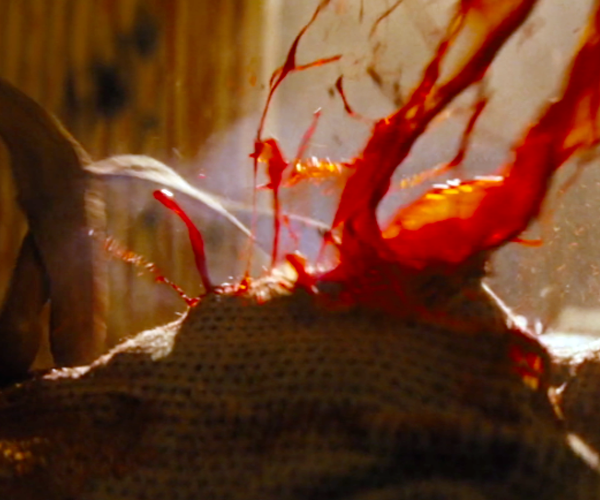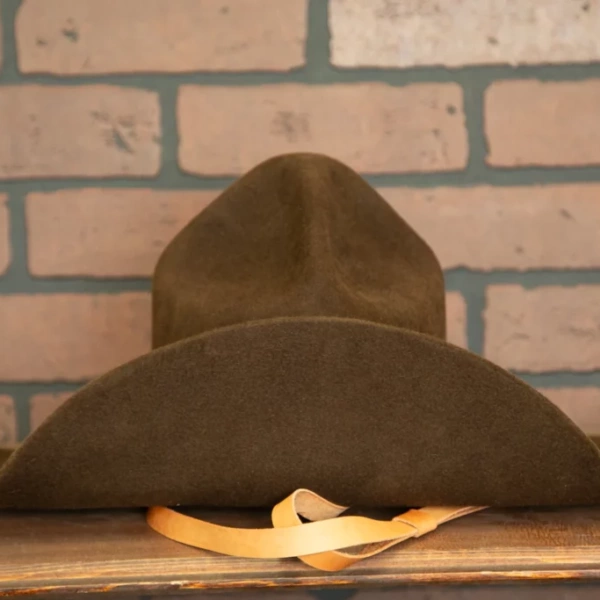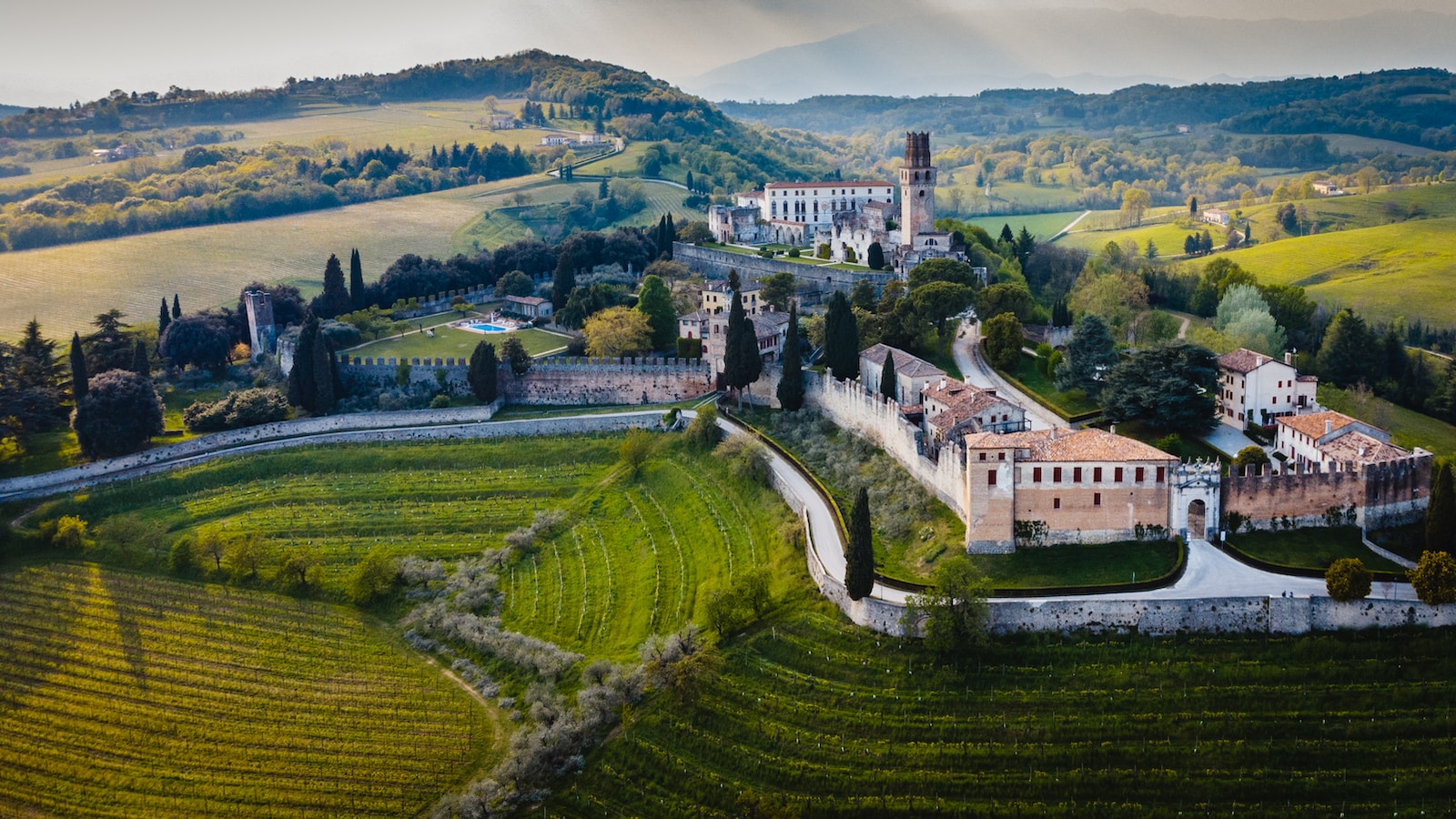
Greetings, fellow TV aficionados! Emma here, your cinematic tour guide, and today, we’re embarking on a captivating journey into the world of TV series location scouting. While the actors may steal the spotlight, it’s the backdrop—the locations—that sets the stage for the drama, intrigue, and emotion we witness on our screens. So, grab your virtual passport, settle in, and let’s explore how location scouting breathes life into TV series, sprinkled with humor and real-world examples.
The Art of Location Scouting
Location scouting is the art of finding the perfect settings that not only serve as a backdrop but become integral to the storytelling process. These chosen locations can evoke mood, enhance character development, and transport viewers to different worlds.
The Cinematic Landscape
The choice of locations can transform a TV series into a visual masterpiece, turning ordinary scenes into cinematic spectacles.
Example: “Breaking Bad” used the rugged landscapes of Albuquerque, New Mexico, to create a stark, desolate backdrop for its gritty crime drama.
Mood and Atmosphere
Each location has its own unique atmosphere and mood, which can complement or contrast with the narrative, adding depth and complexity to the storytelling.
Example: The gloomy, rain-soaked streets of Seattle in “Grey’s Anatomy” contribute to the show’s emotional depth.
Character Development
Locations can serve as extensions of characters, reflecting their personalities, values, and backgrounds.
Example: The serene beauty of the English countryside in “Downton Abbey” mirrors the grace and tradition of the aristocratic Crawley family.
The Scouting Process: Uncovering Hidden Gems
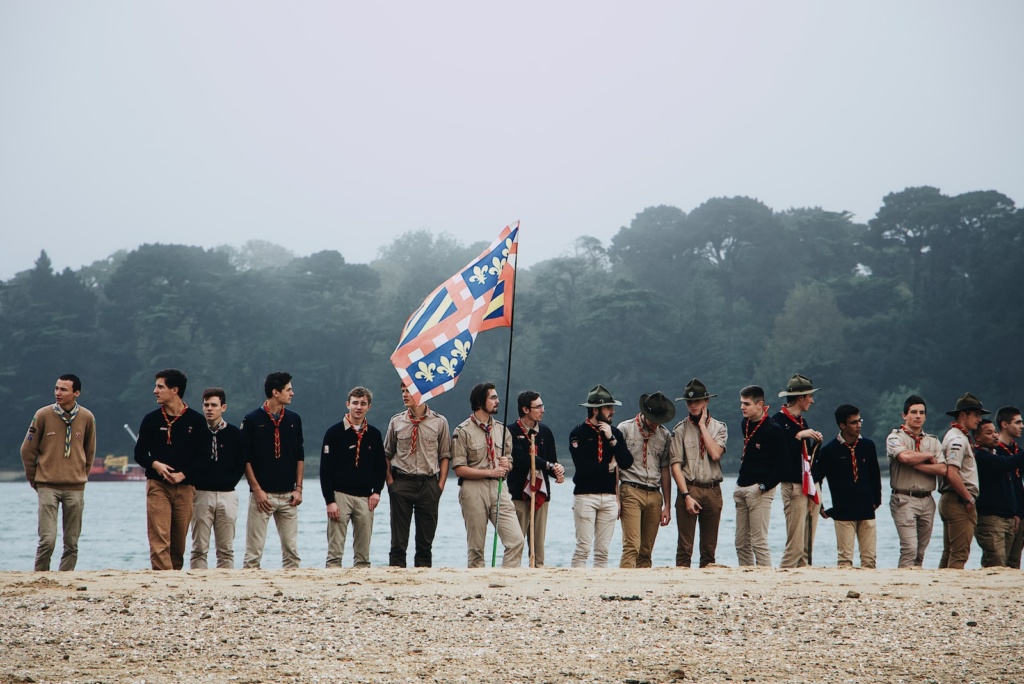
Location scouting is a meticulous process that involves research, exploration, and a keen eye for detail.
Research and Inspiration
Scouts delve into maps, books, and historical records to find locations that fit the show’s time period, style, and narrative.
Example: The meticulous research for “Game of Thrones” led to the discovery of various real-world castles and landscapes that transported viewers to the Seven Kingdoms.
Location Visits
Scouts visit potential locations to assess their suitability, considering factors such as lighting, accessibility, and proximity to production facilities.
Example: “Stranger Things” used the town of Jackson, Georgia, to replicate the look and feel of a small Indiana town in the 1980s.
Creative Vision
Scouts work closely with directors and production designers to bring the creative vision to life. They collaborate to ensure that the chosen locations align with the storytelling goals.
Example: “The Handmaid’s Tale” turned the historic city of Cambridge, Ontario, into the dystopian setting of Gilead, with meticulous attention to detail.
Iconic Locations: Characters in Their Own Right
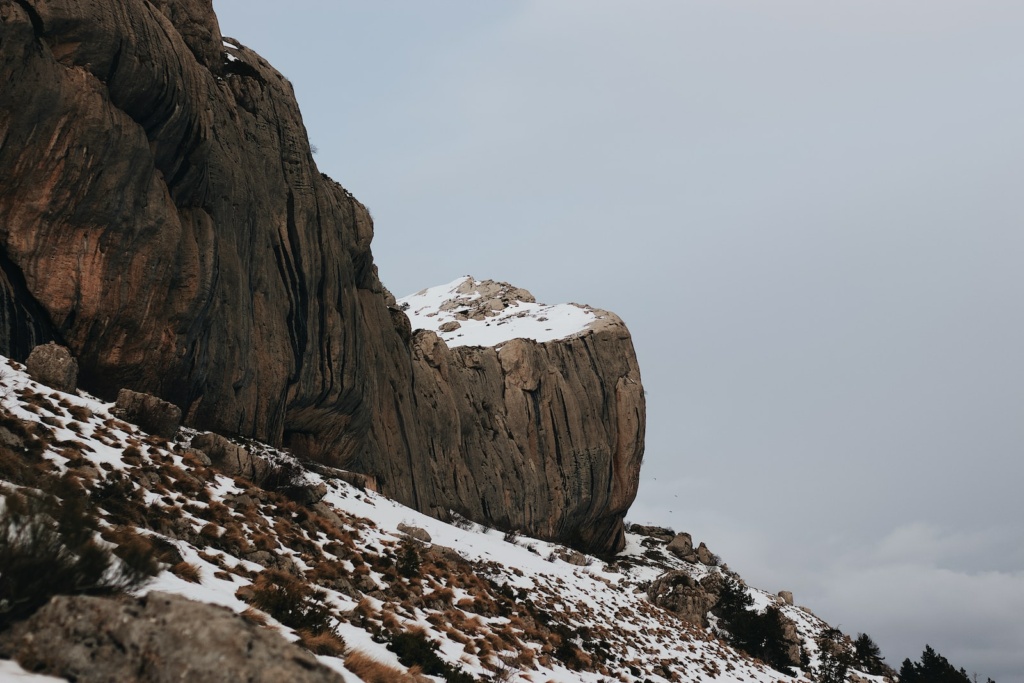
Certain TV series have made iconic locations an integral part of their identity, creating a sense of place that resonates with viewers.
“Friends” (1994-2004)
The cozy Central Perk café became a second home for the “Friends” characters, where they shared laughter, heartache, and countless cups of coffee.
Impact: The café’s iconic orange couch is now synonymous with the show’s enduring popularity.
“The X-Files” (1993-2002, 2016-2018)
The eerie forests, desolate highways, and spooky small towns of the Pacific Northwest became an essential backdrop for the series’ supernatural mysteries.
Impact: The locations contributed to the show’s signature atmosphere and sense of unease.
“The Walking Dead” (2010-present)
The post-apocalyptic landscapes of Georgia serve as a haunting and relentless backdrop to the survivors’ struggles against zombies and other survivors.
Impact: The show’s location-based storytelling is a testament to the importance of place in the zombie apocalypse narrative.
The Global Stage: International Scouting
In an age of global storytelling, TV series are increasingly turning to international locations to enrich their narratives and broaden their appeal.
“Narcos” (2015-2017)
“Narcos” transported viewers to the heart of the Colombian drug trade, capturing the vibrant culture and landscapes of Colombia.
Impact: The series’ authenticity and use of Colombian locations garnered critical acclaim and international recognition.
“The Crown” (2016-present)
“The Crown” showcases the opulent interiors of real-life British palaces and historical landmarks, immersing viewers in the world of the British royal family.
Impact: The show’s use of authentic locations adds historical credibility and richness to the storytelling.
“Vikings” (2013-2020)
“Vikings” filmed in locations across Ireland, giving viewers a taste of the rugged beauty of the Viking world.
Impact: The Irish landscapes added authenticity to the series, immersing viewers in the Viking Age.
Challenges and Logistics
While location scouting can result in breathtaking visuals and authentic storytelling, it also presents its fair share of challenges and logistical hurdles.
Permits and Permissions
Scouts must navigate the bureaucratic maze of permits and permissions, ensuring they have the legal right to use a location.
Example: Filming in historical or protected sites often requires extensive negotiations with local authorities.
Budget Constraints
The cost of securing and preparing locations can be a significant part of a TV series budget, making it crucial to balance creative vision with financial constraints.
Example: “Game of Thrones” faced budget challenges when filming elaborate battle sequences in various locations.
Environmental Considerations
The impact of production on locations, especially in natural settings, requires careful consideration to minimize ecological harm.
Example: Filming in pristine wilderness areas may require strict adherence to environmental guidelines.
Conclusion: The Magic of TV Series Locations
In the world of television, locations are not just backdrops; they are characters in their own right, contributing to the storytelling, atmosphere, and emotional impact of a series. As viewers, we are transported to these places, allowing us to experience the magic of storytelling in a way that is both vivid and memorable.
So, the next time you’re engrossed in your favorite TV series, take a moment to appreciate the artistry of location scouting—a process that transforms ordinary places into extraordinary settings, enriching the stories we hold dear.
Stay tuned for more cinematic adventures, my fellow TV enthusiasts, and may your screens continue to be graced by the captivating essence of remarkable locations!

